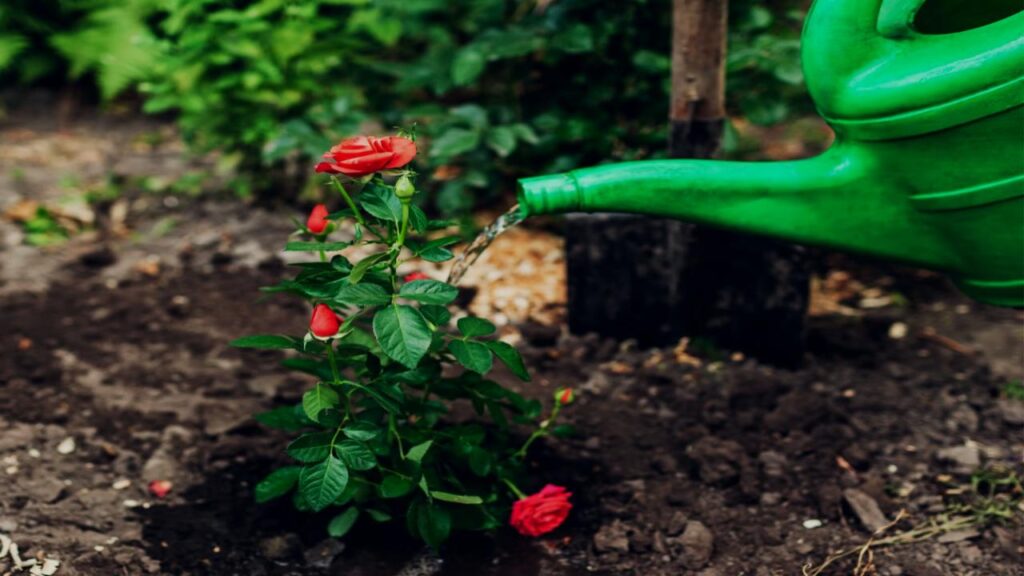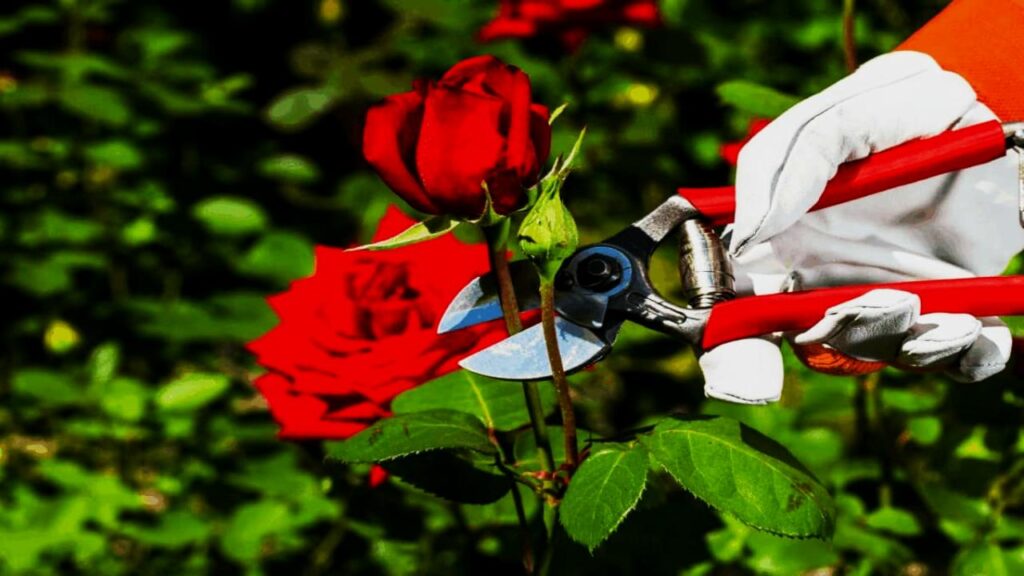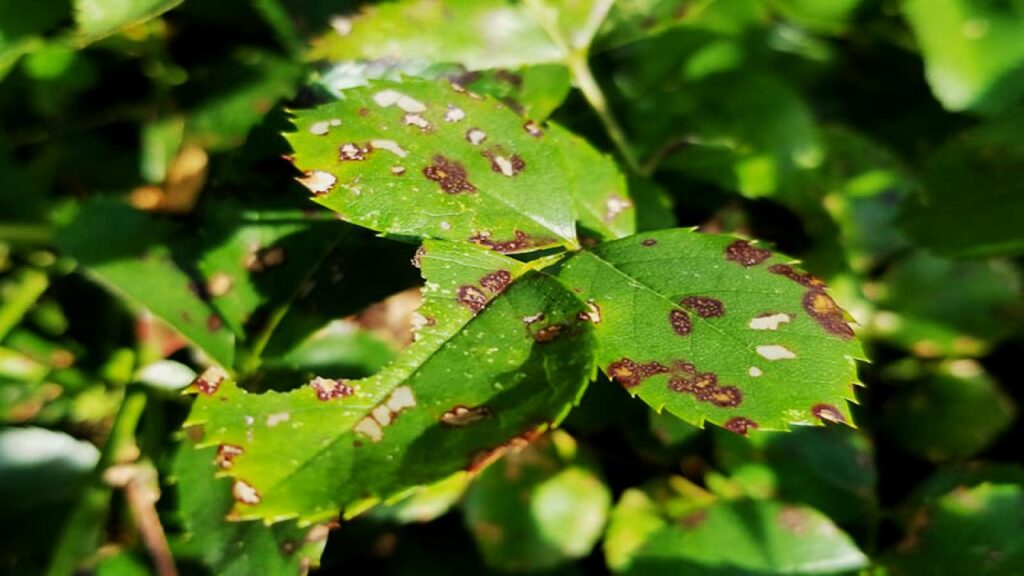Tending to roses can feel like babysitting a diva—absolutely stunning but oh-so-particular. Even folks who’ve been gardening for decades find themselves scratching their heads over sickly stems or stunted blooms. If you’ve been feeling like your rose game isn’t living up to the hype, you’re not alone. This guide unpacks the top rose-care mistakes—even seasoned pros make—and gives you down-to-earth, no-fluff solutions that’ll turn your garden into a blooming paradise.
Whether you’re getting your hands dirty for the first time or you’ve already turned your backyard into a botanical jungle, these tips are going to take your rose game to the next level.

Planting in the Wrong Spot
What goes wrong: Roses are sun-lovers, plain and simple. Without at least six hours of direct sunlight daily, your rosebush is basically running on fumes. Shady spots lead to scrawny growth, fewer blooms, and an open invitation to fungal diseases.
Fix it: Hunt for a location that catches the morning sun and stays lit for most of the day. Steer clear of shaded corners, tree lines, or areas where big structures block light. Also, make sure there’s good airflow—roses hate being crowded.
Too Much Water or Bad Drainage

What goes wrong: Drowning your roses is way easier than you’d think. Standing water suffocates roots, invites fungus, and makes your garden smell funky.
Fix it: Stick your finger in the soil up to your second knuckle. If it feels wet, wait another day. Got clay-heavy or compacted soil? Mix in organic compost, perlite, or even a little sand to improve drainage. Raised beds are your best friend if you’re dealing with puddle-prone ground.
Overfeeding Your Plants
What goes wrong: We get it—you want big, beautiful blooms. But piling on too much fertilizer can do more harm than good. Instead of feeding your flowers, you might be burning the roots and upsetting the soil’s natural balance.
Fix it: Use a balanced 10-10-10 fertilizer twice a season—once in spring when the leaves pop and again mid-summer. Or ditch the chemicals altogether and go organic. Compost, fish emulsion, or aged manure work wonders over time and keep your soil ecosystem happy.
Pruning at the Wrong Time (or Not at All)

What goes wrong: Skip pruning, and your roses get wild. Prune too late, and you lose your blooms. Too much pruning? Say goodbye to healthy growth.
Fix it: Time it right—early spring is prime time for most rose types. Look for new growth just beginning and snip back the dead or skinny stems by about one-third. Always cut at a slant, just above a healthy outward-facing bud. Sharp, clean shears are a must!
Skipping Deadheading
What goes wrong: Dead flowers = no new blooms. It’s that simple. Your plant thinks it’s done for the season and starts going to seed.
Fix it: Snip off spent flowers right above the first cluster of five leaves. This encourages the plant to keep pumping out buds. Make it a weekly habit—it’s oddly satisfying and keeps your garden looking sharp.
Using Harsh Pesticides
What goes wrong: Nuking your garden with chemicals may solve one problem but creates ten more. You’ll kill beneficial insects, poison the soil, and disrupt your entire garden ecosystem.
Fix it: Ditch the one-size-fits-all sprays. Instead, target pests using neem oil, insecticidal soap, or horticultural oils. Bring in good bugs by planting pollinator-friendly flowers like marigold, catmint, and yarrow nearby. It’s pest control with a side of beauty.
Forgetting About Soil Health
What goes wrong: Roses won’t thrive in dead or depleted soil. If your dirt is hard, sandy, or lifeless, you’re basically setting them up for failure.
Fix it: Think of soil like your rose’s dinner plate—load it up with the good stuff. Add compost, aged manure, and even banana peels (seriously!) before planting. Don’t forget to test the pH—roses like it slightly acidic, around 6.0 to 6.5.
Planting in Wind-Prone Areas
What goes wrong: Strong gusts do more than just mess up your petals—they can snap canes, dehydrate leaves, and leave your bush looking beat up.
Fix it: Stake new plants with bamboo or plastic-coated supports to keep them upright. Add natural windbreaks like fences, shrubs, or even taller companion plants. Bonus: you’ll add a little structure and charm to your garden.
Ignoring Common Rose Diseases

What goes wrong: Black spot, mildew, rust—once they move in, they’re tough to kick out. Neglecting signs of disease just makes them spread faster.
Fix it: Clean up any fallen leaves or petals, water only at the base (not on the leaves!), and space your plants out so air can circulate. If you live in a damp area, try growing disease-resistant varieties like ‘Knock Out’, ‘Carefree Celebration’, or ‘Bonica’.
Bonus Tips for Thriving Roses
Want your roses to really shine? A few simple habits can make all the difference. First off, pick roses that are right for your area—disease-resistant varieties are way easier to care for and save you trouble down the road. When it comes to watering, go deep but not too often—roses love a good soak, but don’t like wet leaves (it invites disease!). These beauties also need to eat, so feed them regularly with a balanced fertilizer throughout the season to keep those blooms coming. And don’t forget to prune smart—early spring is your window. Trim off the dead or weak stuff and shape the plant to help air move through easily. Trust us, your roses will thank you.
- Pick the right variety – Disease-resistant roses thrive with less work.
- Water deep, not daily – Soak the roots, skip the leaves.
- Feed ‘em often – Roses are hungry plants!
- Prune in early spring – Clean cuts = stronger blooms.
Extra Tips for Killer Blooms
- Mulch is magic: Use 2–3 inches of mulch to keep moisture in and weeds out. Bonus—it looks great.
- Smart watering: Hit the roots, not the leaves. Morning is the best time to water so leaves dry out quickly.
- Plant companions: Garlic, onions, marigold, and lavender help deter pests and attract pollinators.
- Label your plants: Keep track of what’s blooming when and how each variety performs year-to-year.
- Winter protection: In freezing zones, mound soil around the base and wrap plants in burlap. Don’t let winter catch you off guard.
- Rotate beds: Don’t replant roses in the same spot over and over—give your soil a break and avoid built-up pathogens.
- Feed the soil: Even outside of fertilizing, keep feeding your garden with compost, worm castings, or liquid kelp.
- Stay sharp: Clean your pruning tools regularly to avoid spreading disease.
